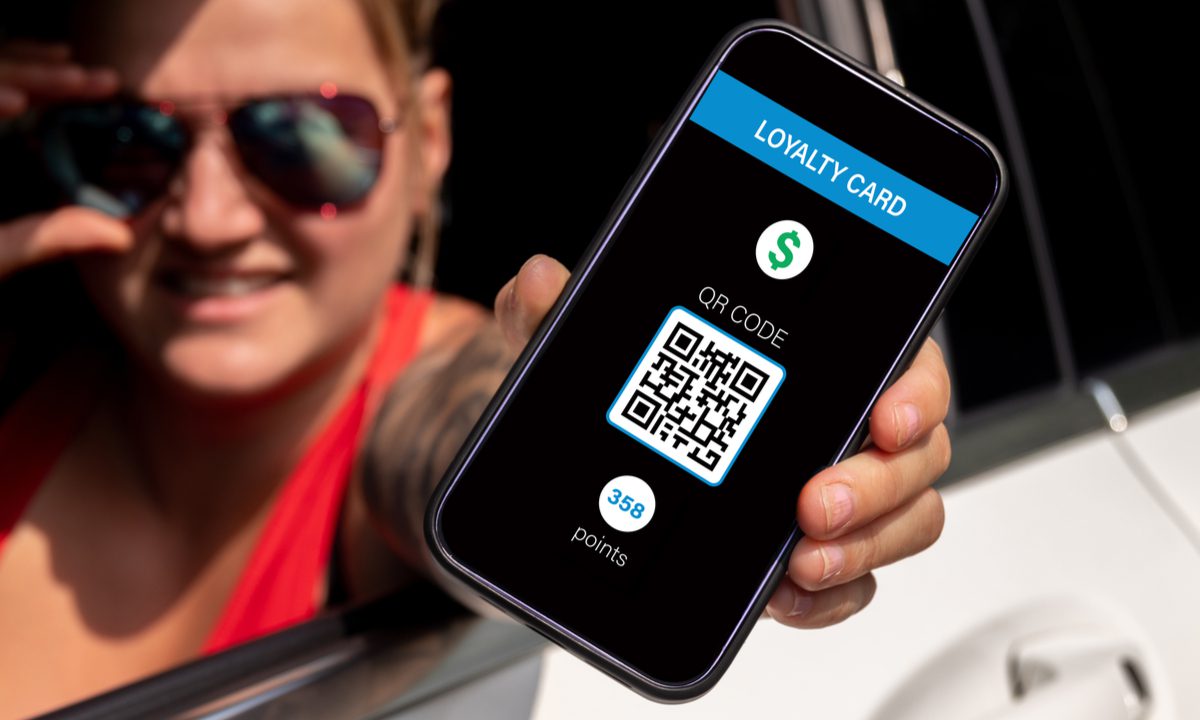Restaurant Subscription Holders Are Twice as Likely to Use Loyalty Programs

Subscription commerce is quickly taking hold of the restaurant industry.
In addition to coffee subscriptions that allow consumers to get their daily fix of caffeine for a flat, monthly rate, brands have also been launching services that promise consumers ways to get their lunch and dinner needs met while driving purchasing frequency for the restaurant. For instance, since the start of the year, major Mexican-inspired quick-service restaurant (QSR) chain Taco Bell and health-focused fast-casual chain Sweetgreen have both announced subscription initiatives.
Read more: Taco Bell Rolls out ‘Taco Lover’s Pass’ Nationwide as Restaurant Subscriptions See Mixed Results
See also: Sweetgreen Launches ‘Sweetpass’ as Restaurants Leverage Subscriptions to Build Loyalty
These subscriptions drive loyalty in more ways than one. Not only do subscribers get more value out of their monthly payment the more often they come back, but they also tend to be the sorts of customers that are most likely to adopt existing rewards programs, according to data from PYMNTS’ new study “Digital Divide: Restaurant Subscribers And Loyalty Programs,” a PYMNTS and Paytronix collaboration. As such, offering subscriptions can help restaurants woo these high-value consumers.
Read more: Four in 10 Consumers Open to Restaurant Subscription Services
The study, which drew from a census-balanced survey of more than 2,000 U.S. adults conducted, found that the consumers who subscribe to participate in restaurants’ subscription programs are more than twice as likely as non-subscribers to use QSR loyalty programs.
Specifically, 82% of subscribers use QSRs’ programs, compared to just 38% of all respondents. Similarly, subscribers are markedly more likely to use table service restaurants’ programs, with 86% doing so compared to 44% of the overall population.
Restaurant subscribers are more likely to be ultra-loyal to their preferred restaurants. Seventy-nine percent of subscribers say they “very” or “extremely” loyal to their table-service restaurants and 78% say the same of their QSRs. Meanwhile, for consumers overall, the share is significantly lower — 59% for table-service restaurants and 55% for QSRs.
Conversely, these subscribers are less than half as likely as the general population to be “slightly or not at all” loyal to their favorite table-service restaurants and less than a fourth as likely to say the same of their favorite QSRs.
The subscription commerce model can drive spending with already loyal customers. In an interview with PYMNTS’ Karen Webster last month, Paytronix CEO Andrew Robbins cited the example of a Mexican chain the company is working with, noting that the chain is seeing positive results from its loyalty program.
“They’re doing free salsa and guac,” he said. “It’s a small amount of money, but those people who sign up for that come in 30% more frequently than people who don’t. It locks them in. And so, instead of coming 1.7 times a month, they come in 2.7 times a month.”
See more: Restaurants Lean on Loyal Customers to Navigate Omicron, Inflation Impact
Moreover, the Digital Divide study found that about one in six consumers (17%) who are not currently subscribers are “very” or “extremely” interested in being provided a restaurant subscription service. The untapped market is significant, providing restaurants an opportunity to boost spending and visit frequency.